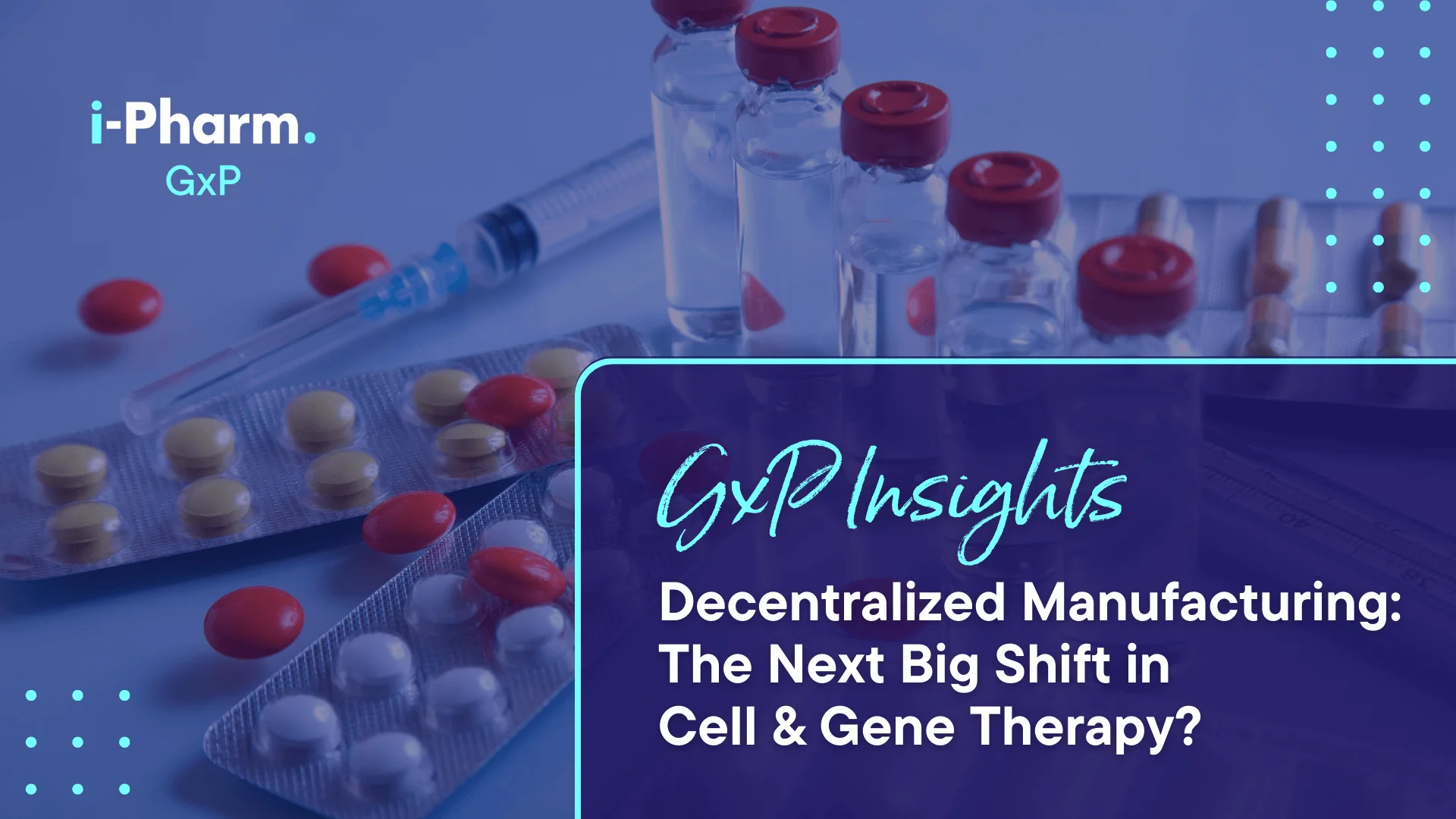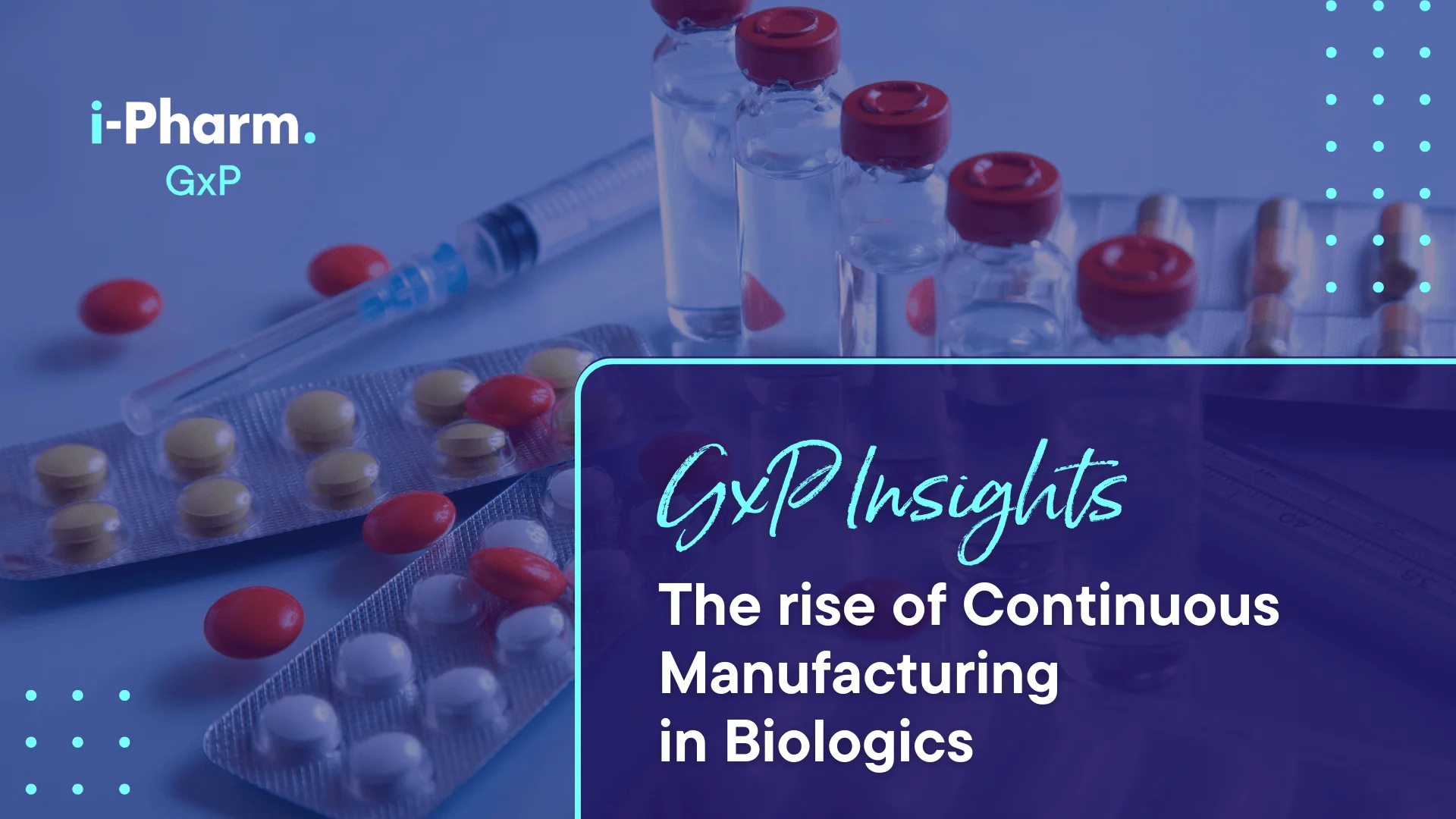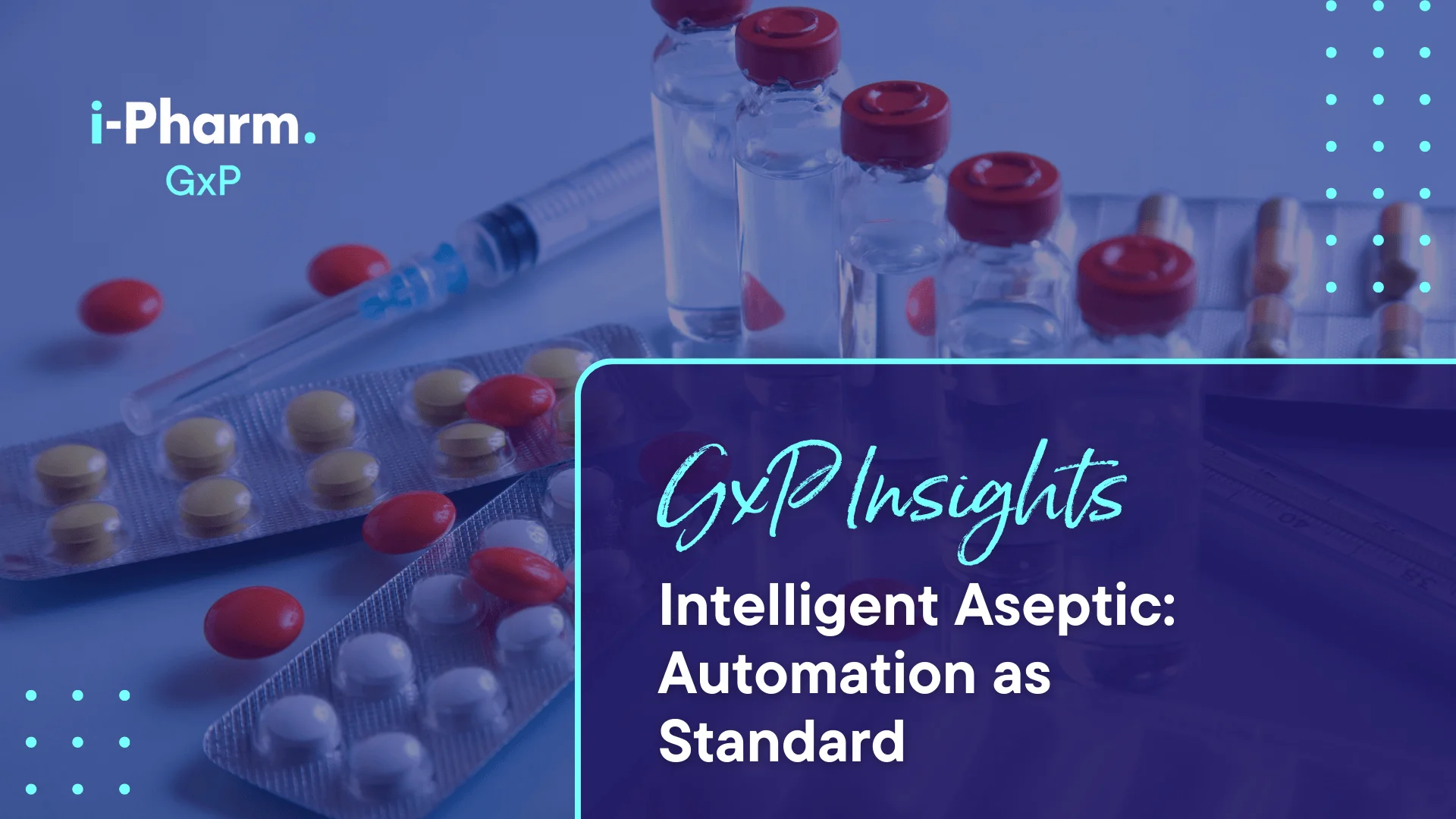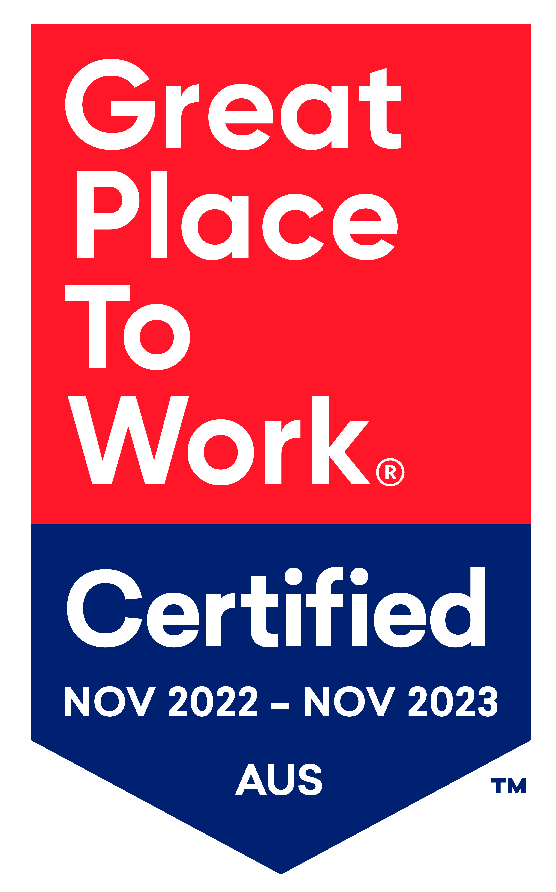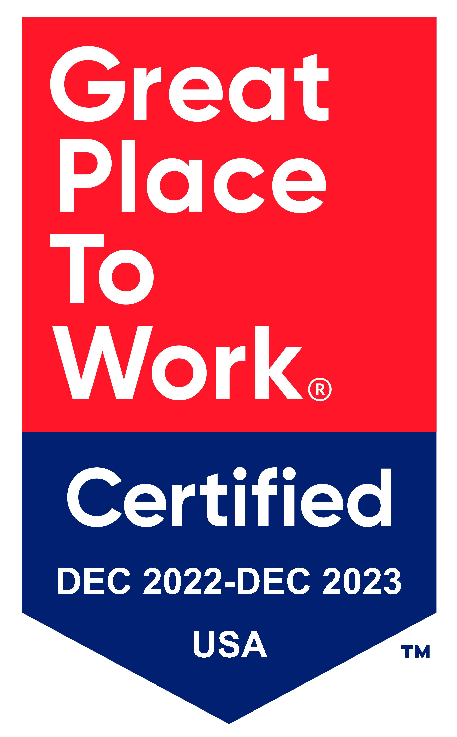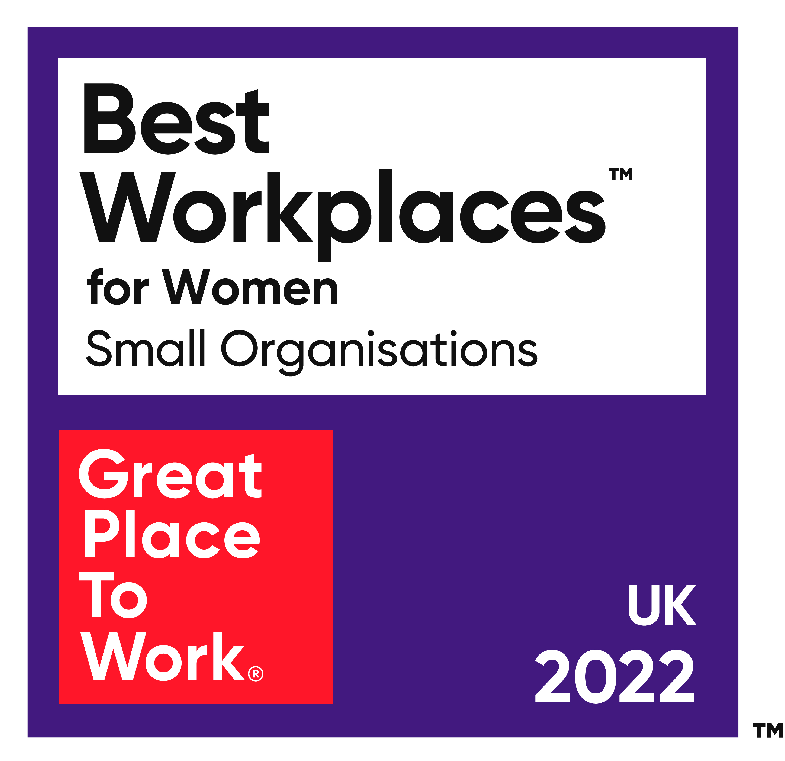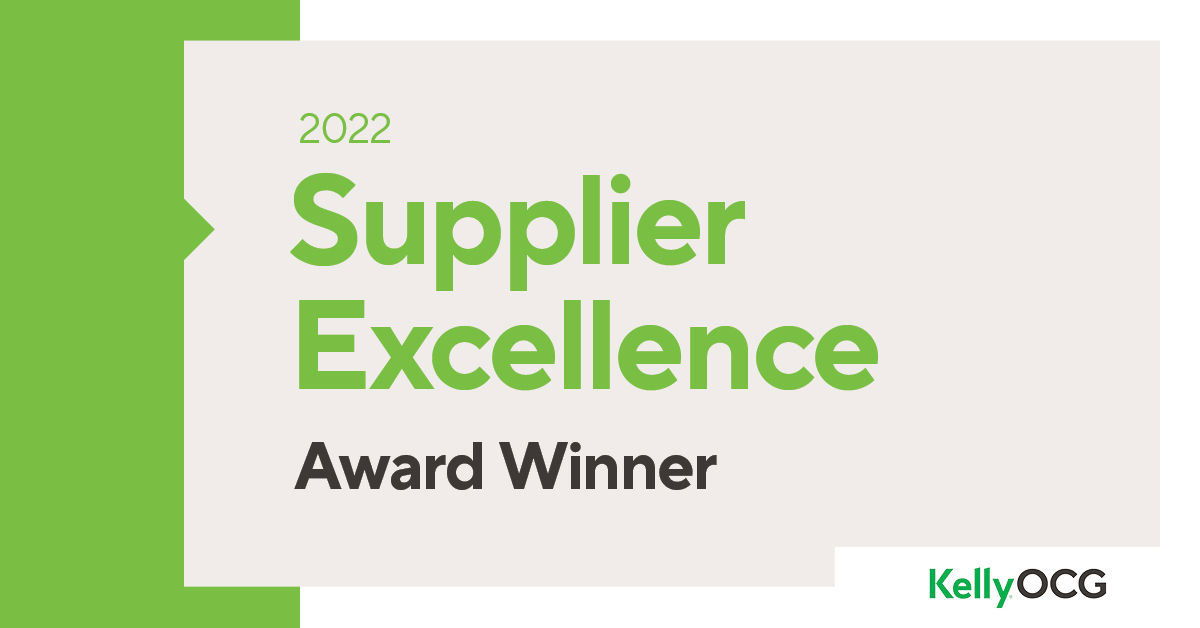GxP Insights: Raising the Bar on Aseptic Processing
21 Mar, 202510 minsExplore our monthly GxP industry insights newsletter, tailored for professionals in Medical ...

Explore our monthly GxP industry insights newsletter, tailored for professionals in Medical Devices, Biologics, Cell & Gene Therapy, and Sterile/Aseptic Manufacturing.
Each edition delivers into a key topic within your industry, including expert perspectives, and career insights to help you stay ahead.
What you can expect:
- Industry News: Stay updated with the latest developments, trends, and breakthroughs in your field.
- Career Tips: Enhance your career with advice on skills, networking, and job opportunities tailored to your field.
Raising the bar on Aseptic Processing: innovations, guidelines & success stories
Aseptic processing plays a critical role in pharmaceutical manufacturing, ensuring product sterility and safeguarding patient safety. As regulatory bodies like the FDA and MHRA introduce stricter guidelines, companies are prioritising contamination control to maintain compliance and enhance production efficiency.
Future Market Insights projected the aseptic processing market to grow from USD 83.1 billion in 2023 to USD 158.6 billion by 2033, with a compound annual growth rate (CAGR) of 6.7% over the next decade. This surge reflects increased demand for sterile production in biologics, injectable drugs, and advanced therapies like cell and gene therapy. As the sector grows, so does the need for best-in-class practices, advanced technologies, and skilled professionals to meet industry demands.
More on developing careers and medical jobs in the rare disease sector here.
The role of Isolators & RABS in Sterility Control
Isolators and RABS (Restricted Access Barrier Systems) are essential technologies used in aseptic processing to create a physical barrier between operators and sterile environments. This separation significantly reduces the risk of contamination by limiting direct human contact with critical production areas. By using controlled, closed systems, sterile areas remain isolated, ensuring a higher level of sterility.
Who’s leading:
- Bristol Myers Squibb: Bristol Myers Squibb has embraced the use of RABS and isolator systems as part of their strategy to improve contamination control and streamline production. The company continues to enhance its cleanroom standards in line with regulatory expectations for aseptic processing.
- PCI Pharma Services: PCI Pharma Services has incorporated advanced isolator technology into its sterile fill-finish operations. This approach strengthens its position as a trusted partner for clinical and commercial supply chain services.
- Catalent Pharma Solutions: Catalent has invested significantly in isolators and automated contamination detection systems to maintain its competitive edge. Recent developments include a $10 million expansion at its facilities in Malvern, Pennsylvania, and Dartford, UK, where isolators have been installed to support the micronisation of highly potent compounds. Additionally, Catalent has incorporated automated filling stations like the Crystal® M1 within isolators, allowing for contamination-free fill-finish operations with minimal human intervention.
Why it matters:
- Reduced Human Intervention: Since direct operator contact is one of the biggest sources of contamination in aseptic environments, isolators and RABS serve as an effective barrier, safeguarding the sterility of the production space.
- Regulatory Compliance: Regulatory bodies like the FDA and EMA recommend using RABS and isolators as best practices for aseptic processing. The FDA outlines these methods in its guidance on sterility assurance, while the EMA’s Annex 1 highlights barrier technology as a key measure for contamination control.
- Production Efficiency: These systems support longer production runs by reducing the frequency of cleaning and sterilisation. Less downtime translates to greater production efficiency, allowing companies to increase throughput while maintaining strict sterility standards.
As regulatory expectations grow, the use of RABS and isolators is becoming a non-negotiable aspect of modern aseptic processing. This development is driving demand for validation engineers, environmental monitoring specialists, and quality assurance professionals who can support the implementation and oversight of these critical systems.
Regulatory changes driving industry standards
With the FDA's 2024 guidance on aseptic processing, the industry is seeing a growth toward risk-based contamination control and predictive monitoring. Companies must take a more dynamic approach to environmental monitoring, using real-time data to reduce contamination risks.
Key takeaways from the FDA’s guidelines:
- Environmental Monitoring: Continuous tracking of cleanroom conditions using advanced monitoring sensors to detect microbial contamination in real time.
- Contamination Control: Companies must adapt from reactive corrective actions to proactive risk management, focusing on contamination prevention.
- Personnel Training: The new guidelines place increased emphasis on operator training for contamination prevention and proper gowning procedures.
Companies like Pfizer and Sanofi have implemented automated environmental monitoring systems that track cleanroom conditions in real time. This enables them to preempt potential issues before they escalate, significantly improving production consistency and regulatory compliance.
GSK's $800 Million Aseptic Processing investment
GSK is making a significant investment of up to $800 million to expand its Marietta, Pennsylvania facility, aiming to double its size and capacity. This expansion includes the addition of state-of-the-art drug substance and drug product manufacturing capabilities, as well as a new R&D pilot plant for clinical trial medicines. The project is expected to create over 200 new jobs in the region.
This development underscores GSK's commitment to advancing science, technology, and sustainability in pharmaceutical manufacturing. The new facilities will feature advanced technologies such as digital twins for continuous process optimisation, robotics for material handling, and predictive maintenance enabled by artificial intelligence.
While specific details about contamination control strategies at this facility are not publicly disclosed, GSK's investment in modern manufacturing technologies suggests a focus on enhancing production efficiency and maintaining high standards of product quality and safety.
Case Study: Catalent Pharma Solutions
Catalent Pharma Solutions faced increased regulatory demands and the need to reduce contamination risks when producing highly potent drug substances. Traditional processes with manual intervention posed sterility risks and production inefficiencies.
In response to this challenge, Catalent launched a $10M expansion at its Malvern, PA, and Dartford, UK sites, integrating:
- Advanced Isolators: Sealed, controlled systems to reduce human interaction and maintain sterile production.
- Automated Contamination Detection: The Crystal® M1 fill-finish system automates sterile filling, reducing intervention and boosting contamination control.
- Micronisation Capabilities: New capacity to process high-potency compounds with exposure limits as low as 0.05 µg/m³, meeting rising market demand for oncology and rare disease treatments.
This resulted in:
- Enhanced Contamination Control: Use of isolators and the Crystal® M1 system significantly reduced manual intervention, thereby improving sterility assurance.
- Improved Production Efficiency: Extended production runs with fewer stoppages for cleaning and sterilisation.
- Regulatory Compliance: Met FDA and EMA guidelines, reinforcing Catalent's position as a leader in aseptic fill-finish services.
Skills in Demand for Aseptic Processing
In-Demand Roles and Skills:
- Validation Engineers: Tasked with commissioning, qualification, and validating systems such as Restricted Access Barrier Systems (RABS), isolators, and environmental monitoring equipment. Proficiency in Installation Qualification (IQ), Operational Qualification (OQ), and Performance Qualification (PQ) processes is crucial.
- Quality Assurance Specialists: Focus on root cause analysis, Corrective and Preventive Actions (CAPA), and continuous manufacturing support. Expertise in Lean Six Sigma methodologies, including DMAIC, fishbone analysis, and the 5 Whys technique, is highly valued.
- Environmental Monitoring Specialists: Responsible for the audit and remediation of environmental monitoring systems, ensuring compliance with regulatory standards. Experience with audits of critical utilities, laboratories, and manufacturing facilities is essential.
- Aseptic Processing Operators: Skilled in sterile manufacturing processes, particularly in operating within cleanroom environments and adhering to stringent contamination control protocols. These roles are in high demand in pharmaceutical hubs such as Massachusetts, New Jersey, and Pennsylvania.
Learn more about business-critical capabilities here.
Opportunities Across Geographies:
Demand for talent in aseptic processing is growing, with key hubs emerging across the East Coast of the United States. As companies expand production capacity, roles in validation engineering, quality assurance, and aseptic processing operations are in high demand.
Key Hubs for Aseptic Processing Careers:
- Massachusetts: Sarepta Therapeutics and Vertex Pharmaceuticals are expanding production to support their growing genetic medicine and therapeutic portfolios.
- Pennsylvania: Home to industry leaders like GSK, Catalent, and PCI Pharma Services, Pennsylvania is a hub for sterile fill-finish operations and aseptic production.
- New Jersey: Bristol Myers Squibb and Merck maintain large-scale production sites in New Jersey, driving demand for validation engineers and QA specialists to support aseptic manufacturing.
These regions offer unparalleled career opportunities for professionals seeking to play a key role in the future of aseptic manufacturing.
i-Pharm GxP operates at the heart of these industries, working closely with big players and innovators to support their developing needs. If you are passionate about the future of aseptic processing and want to explore opportunities in this exciting field, we’d love to hear from you.
If you'd like to connect with one of our experts, message us here.
Found these insights helpful? Be sure to share them on LinkedIn and follow us for monthly updates and exclusive industry insights.
Subscribe to our newsletter and get the latest insights delivered straight to your inbox.

